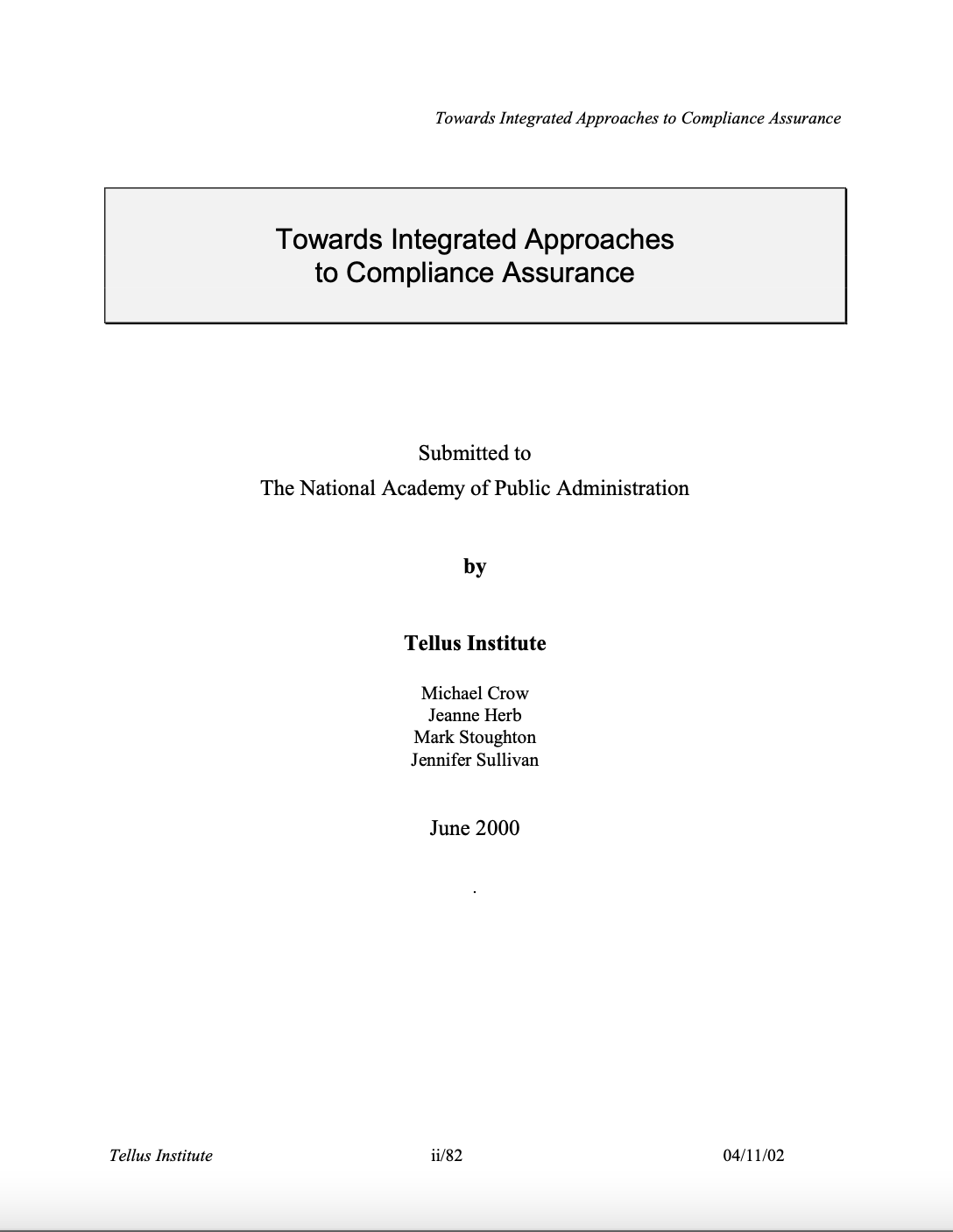Through the Office of Enforcement and Compliance Assurance (OECA), EPA has therefore publicly committed to promoting and practicing integrated approaches to compliance assurance. Such integrated approaches involve a combination of three types of tools: enforcement; compliance assistance; and compliance incentives. OECA has long held that neither compliance assistance nor compliance incentives work very effectively without a strong enforcement “hammer.” As a result, OECA views enforcement as an essential part of any integrated approach.
Compliance assurance is, however, among the most contentious issues in the post-2000 EPA policy agenda. The broad agreement between and within EPA and the states regarding the need for integrated approaches breaks down over two sets of issues. The first is essentially disputes over the proper application of federalism in the administration of the national environmental statutes. The second is instrumental: questions concerning the details and efficacy of individual compliance assurance tools, and the most effective means of constructing and implementing integrated compliance assurance approaches. This study focuses on those instrumental questions, with two objectives:
- To inform the ongoing effort within EPA and the states to move integrated approaches to the center of compliance assurance policy. This represents a shift in traditional enforcement approaches, and one for which there are few established models. It is thus incumbent upon EPA and the states to derive maximum learning from those models that are available.
- To inform an ideologically charged debate between EPA and the states that often conflates instrumental questions (e.g., the efficacy of compliance assistance) with ideological positions concerning the proper conduct of federalism. This and similar research may produce a more constructive base for dialogue between EPA and the states.
This study examined six of EPA’s national and regional integrated compliance assurance initiatives in detail, using publicly available documents, internal documentation, and extensive interviews with EPA officials and members of the relevant regulated communities. The study also conducted a focused survey of the literature and a set of interviews with enforcement experts in the academic, environmental/NGO, and regulatory communities. The study focused on three instrumental issues at the center of the debate over the proper conduct of integrated approaches.
